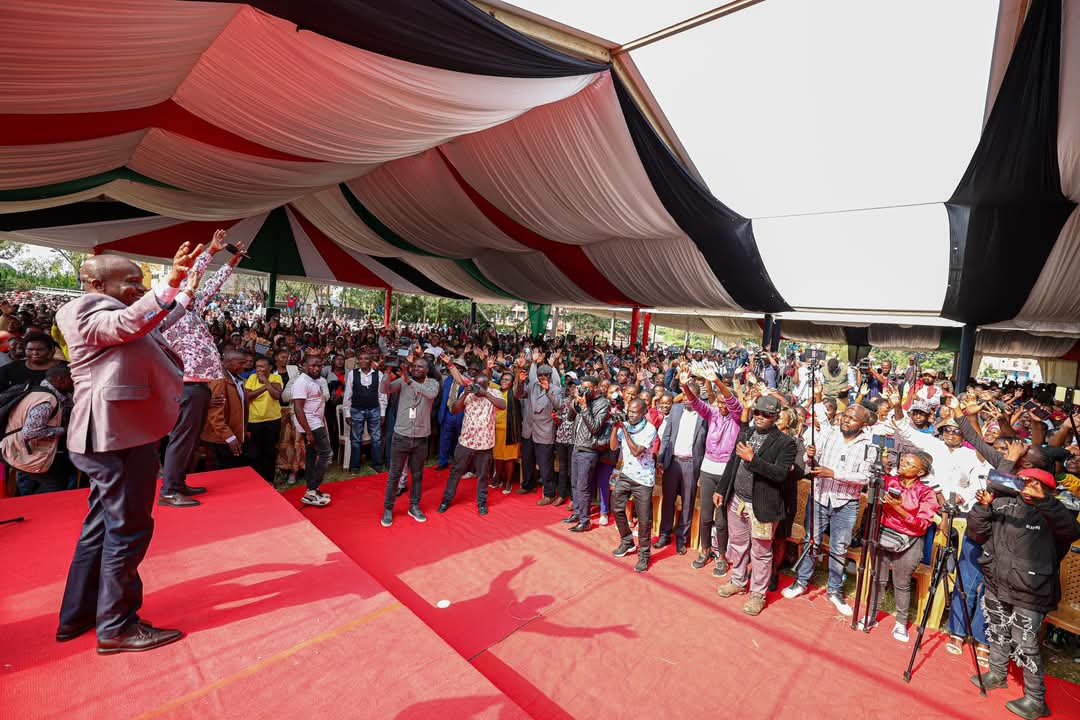By TWV Political Desk
President William Ruto has launched the Economic Empowerment Programmes, an ambitious initiative already stirring debate across Kenya. At the heart of this effort is Interior Cabinet Secretary Kithure Kindiki, who has been touring all 47 counties to promote the programme.
While the government presents the tours as part of a broader plan to uplift marginalised youth and informal sector workers, political analysts suspect an underlying political motive. Observers note that the tours also serve to gauge public sentiment, enhance Kindiki’s national profile, and position him strategically within Ruto’s inner circle and future political plans.
Sources close to the Presidency reveal that President Ruto personally initiated the programme but delegated its implementation to Kindiki. Kindiki is expected to distribute empowerment funds across the country, targeting youth groups, market traders (mama mboga), and boda boda riders in both rural and urban areas.
Government supporters argue that this bottom-up approach aligns with Ruto’s longstanding commitment to supporting small-scale traders and unemployed youth.
Opposition leaders and civil society groups have questioned the transparency, accountability, and legality of the initiative, arguing that the empowerment funds lack parliamentary approval, raising concerns about budgetary oversight. They also highlight the absence of a clear system for identifying or vetting beneficiaries, which risks political patronage, and warn that vulnerable groups, particularly youths with disabilities, may be sidelined in favour of politically aligned recipients. Some critics have labelled the initiative a “handout scheme disguised as empowerment”, aimed at building political capital and securing loyalty among grassroots communities ahead of future elections.
In response to mounting criticism, Kenya Kwanza leaders have defended the Economic Empowerment Programmes and Kindiki’s county tours. They assert that the initiative is a genuine effort to empower marginalised communities, noting that many rural Kenyans are already benefiting. They further contend that opposition to the programme is largely political, motivated by fear of Kindiki’s rising popularity and effectiveness in engaging ordinary Kenyans.
Despite official explanations, political analysts remain sceptical. Kindiki’s growing national profile, high visibility during county visits, and emotive public engagements point to a strategic branding exercise.
Whether the Economic Empowerment Programmes deliver lasting benefits or become another politicised state initiative remains to be seen. The programme has added a new layer to Kenya’s political dynamics, placing Kindiki firmly in the national spotlight and raising fresh questions about the use of public funds for political gain.





